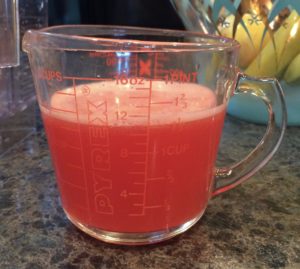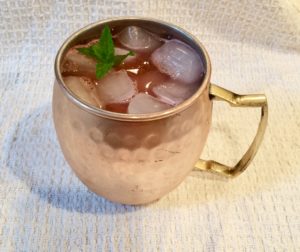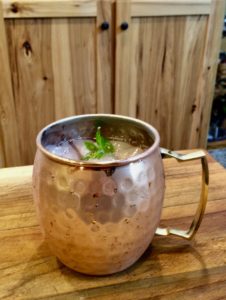Whether you call it stay at home, self quarantine, or as we’re told in New York: PAUSE, many of us have had to hunker down in our homes for the long haul. Now, more than ever, it’s important to eat healthy. You need to have healthy foods on hand in order to eat healthy.
Make your essential trips to the grocery store efficient by planning ahead. Buy items that can help you put together healthy, nutritious meals. Here is a list of foods for your stay at home:
-
- Canned tomatoes: crushed, diced, or tomato sauce
- Gluten Free Chicken, Beef or Vegetable Stock (low sodium if available)
- Brown or White Rice, Quinoa, Gluten Free Oats
- Canned or Dried Beans, Lentils- any variety
- Plain Frozen Vegetables of any kind
- Fresh Vegetables that are multipurpose: carrots, onions, celery, white/ sweet potatoes, cabbage
- Frozen unsweetened fruit
- Fruits that keep longer in the refrigerator such as apples, pears, or oranges
- Gluten free pasta
- Canned or pouch tuna
- Eggs or carton egg whites
- Milk, yogurt, shredded cheese, sliced or block natural cheese
- Lean meats, chicken breast, whole roaster chicken
- Whole grain gluten free bread
This list foods for a stay at home is not all inclusive. Depending on where you live, some of these items may be in short supply. What’s most important is maintaining a core of “go to” ingredients that form the basis of a healthy meal.
- Try to keep your trips to the store to a minimum. One or two trips a week helps to reduce exposure to other people.
- Have a complete shopping list in hand so that you can get through the grocery aisles quickly as possible.
- Realize that there may be limits on certain food items or, they may be out of stock altogether. This difficult time requires flexibility and being able to improvise when needed. Have alternate food items in mind in the event of shortage.
Stay well!









